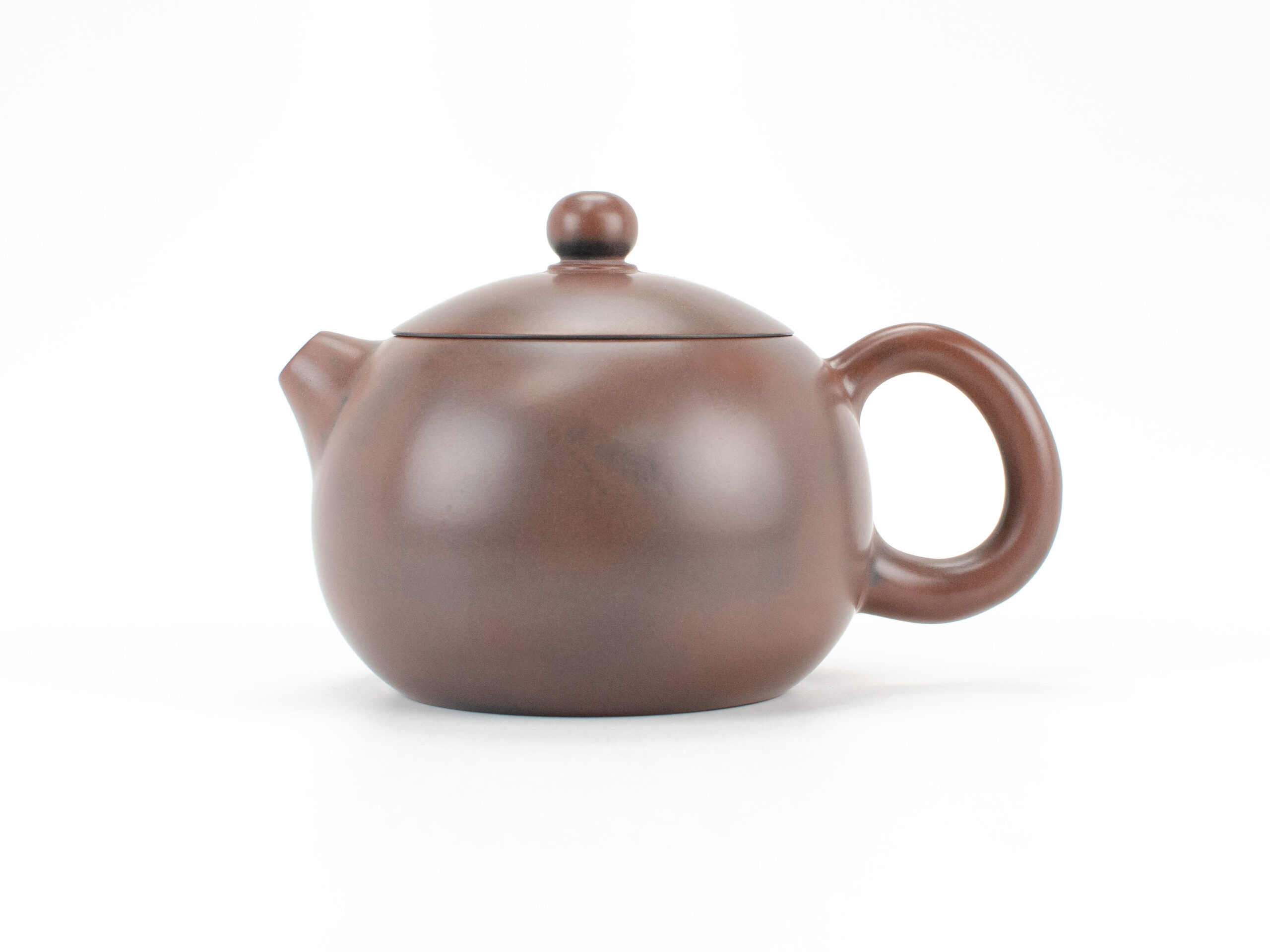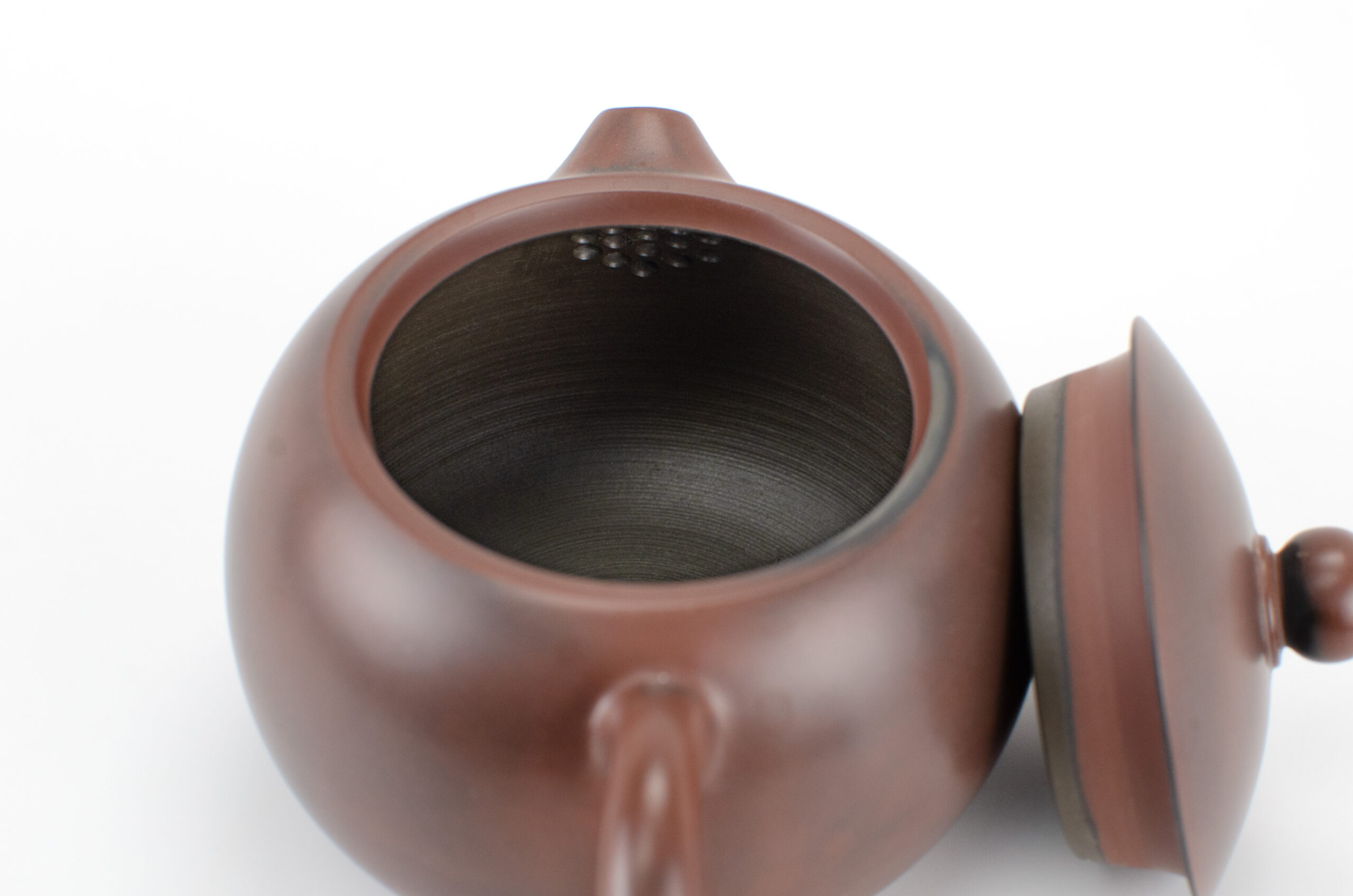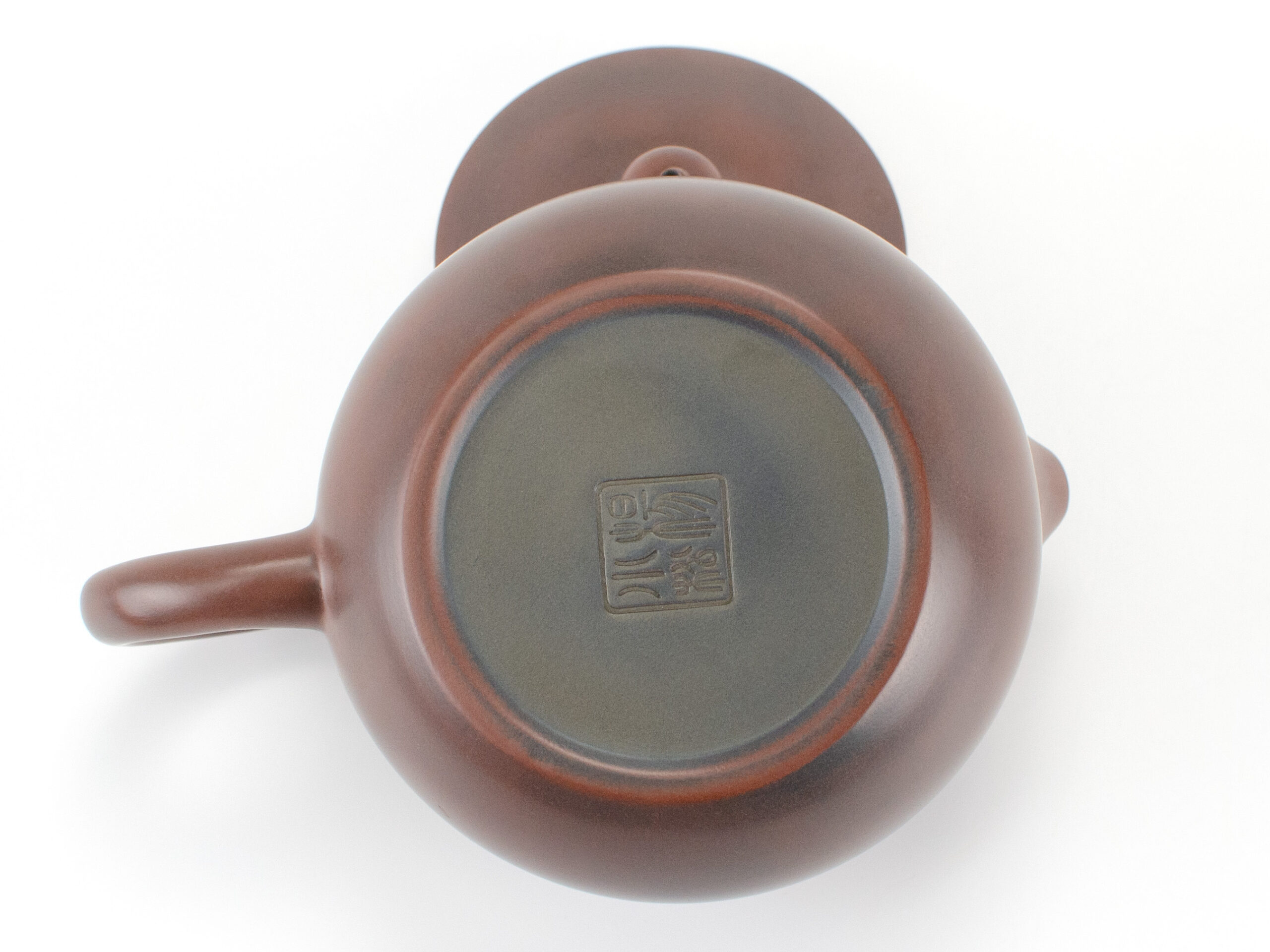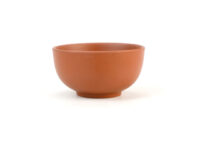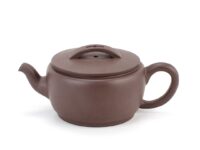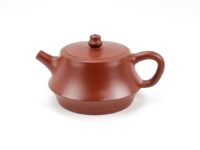Xishi Shape Guangxi Nixing Teapot
225mL
- Capacity: 225mL
- Origin: Guangxi Autonomous Region, China
- Style: Xishi (西施) shape
- Material: Unglazed Nixing clay
$160.00
5 in stock
A charming round teapot in the traditional Xishi shape, made from stunning unadorned Guangxi Nixing clay in an entrancing color gradient of bronze and black. Smooth shape, smooth shine, smooth pour. The fine-grain clay has a natural polished shine that is exquisitely silken to the touch.
During firing in the kiln, Nixing clay develops a finish like brushed bronze that accentuates the dark, purple-brown body with bronze-red at the edges and handles of the pot. The natural gradient between colors is slightly irregular, like a diffuse cloud, with faint wispy marks around the spout from the fine workings of the sculptor’s tools upon the clay. As such, each piece is unique.
*As each Nixing pot has a unique color pattern, there may be variations between the product images and the product you receive.
What is Guangxi Nixing Clay?
Guangxi Nixing pottery is one of the four famous types of natural clay pottery recognized in China for their distinct appearance, unique origins, and rich cultural history. The others are Yunnan Jianshui pottery, Chongqing Rongchang pottery, and of course, Jiangsu Yixing pottery.
Nixing pottery originated in Qinzhou City in the modern autonomous region of Guangxi, next to Guangdong Province. According to historical records, it has been made since before the Tang Dynasty (618-907). Due to this origin’s proximity to Chaozhou City in Guangdong, a great center of Cantonese tea culture, Nixing clayware is popular to use for brewing the local style of Dan Cong wulong tea from the Phoenix Mountains. As Nixing clay has a higher density than Yixing, it can hold higher temperatures for longer, making it popular for use brewing puer tea, as well.
Nixing pottery is made from a purple-red clay that is unique to the banks of the Qinjiang River in Qinzhou. Nixing clay harvested from the east bank of the river is kept in closed, sheltered storage, while clay from the west bank is allowed to weather while exposed to the natural sun and rain for 4-6 months. In preparation for use, the two differently-prepared clays are blended in specific proportions, then sculpted and fired at high temperatures above 1150°C. The clay develops an unpredictable gradient of color in the kiln, which results in a variety of unique natural colors and patterns, such as bronze, green, spots, and tiger stripes.
About Unglazed Clay
Unglazed clay absorbs aromas and flavors easily, and the tea you make in it seasons it over time. To keep within a similar flavor profile, most people dedicate a specific teapot for brewing just one type of tea, like Dan Cong wulong or sheng puer. To clean, just rinse your pot off with boiling water. Avoid washing with soap.

